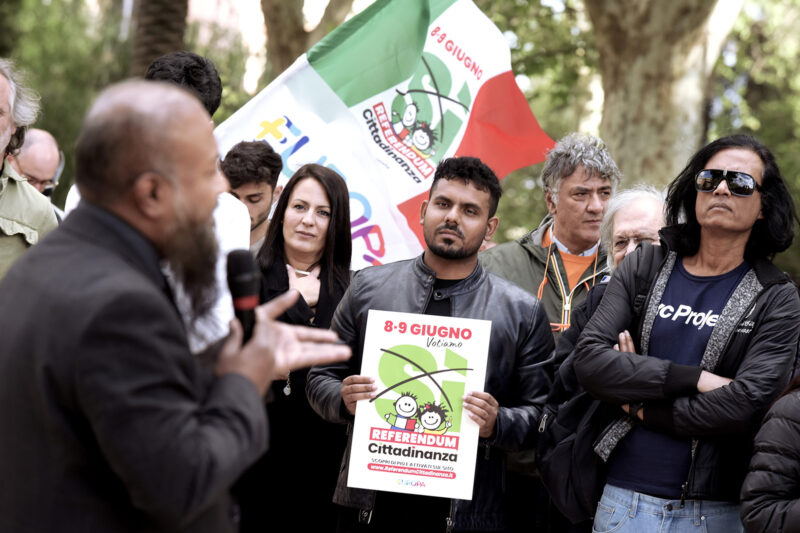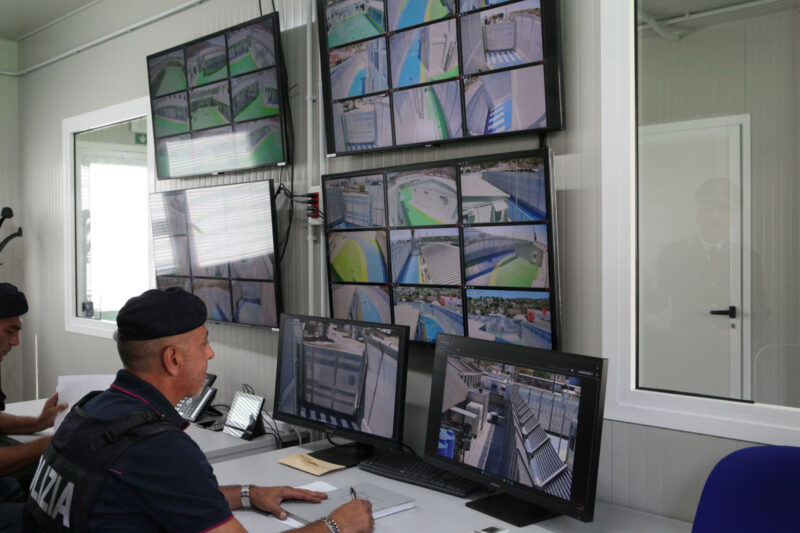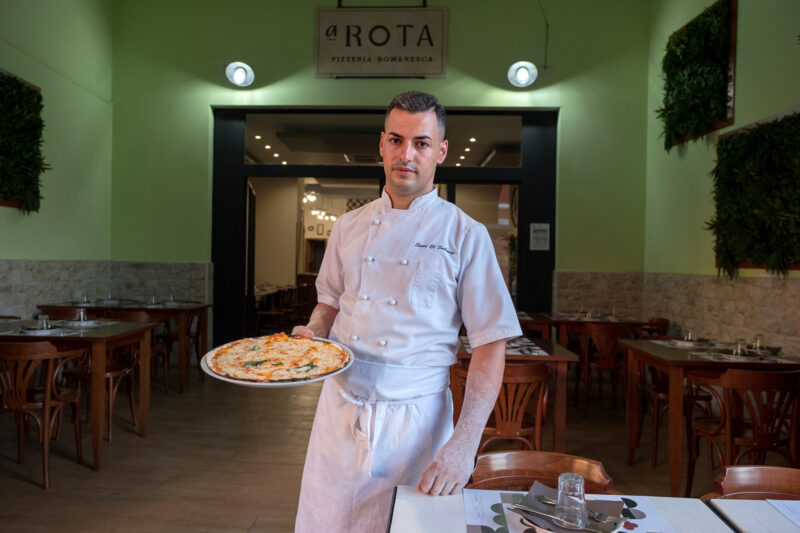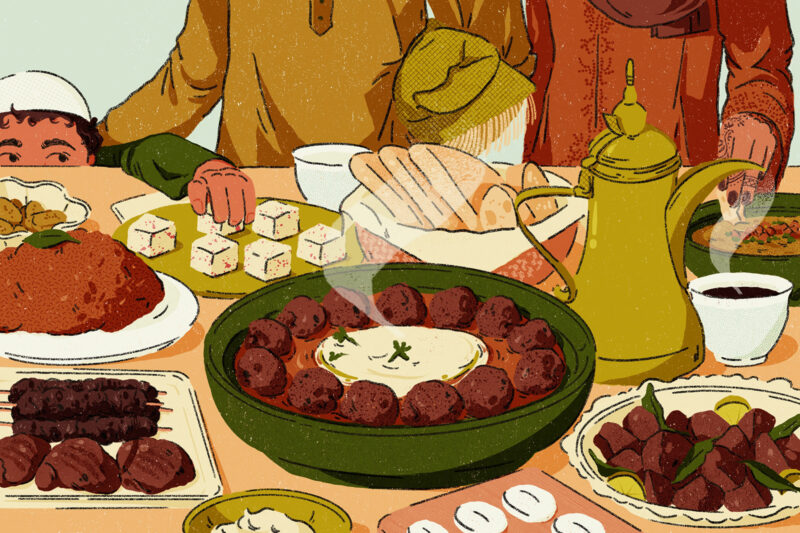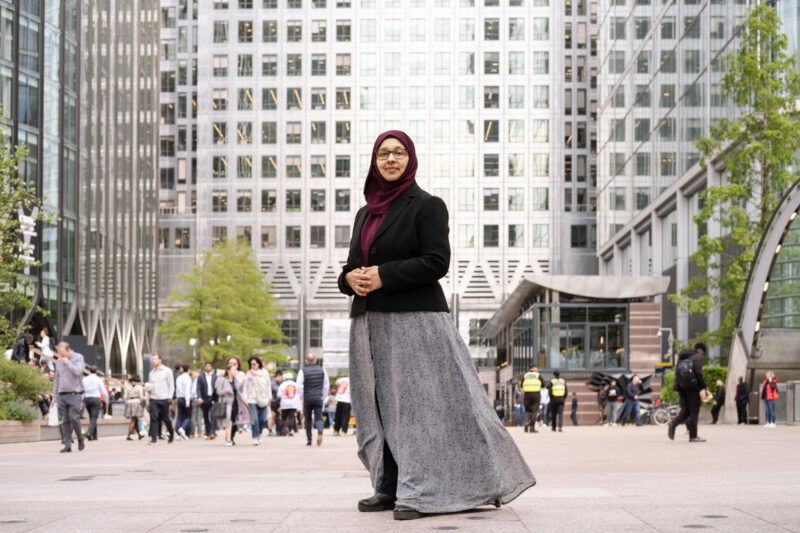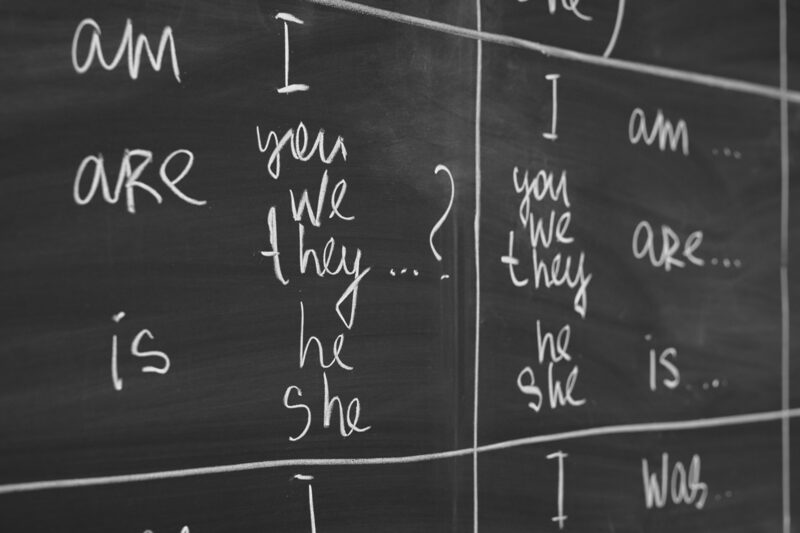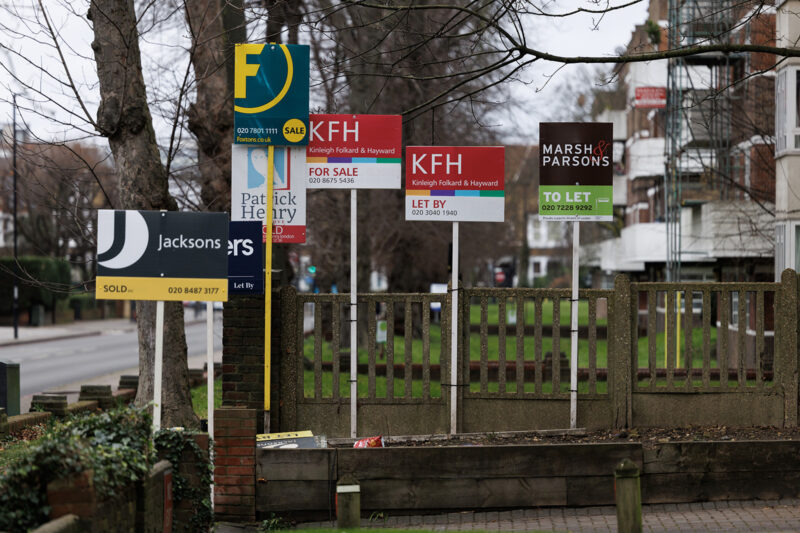Can Rome’s exceptional Grand Mosque teach Italy something about integration?
The western world’s largest mosque is a point of pride for the country’s Muslims, but its impressive scale and ornate design do not reflect their position in the country as a whole
–
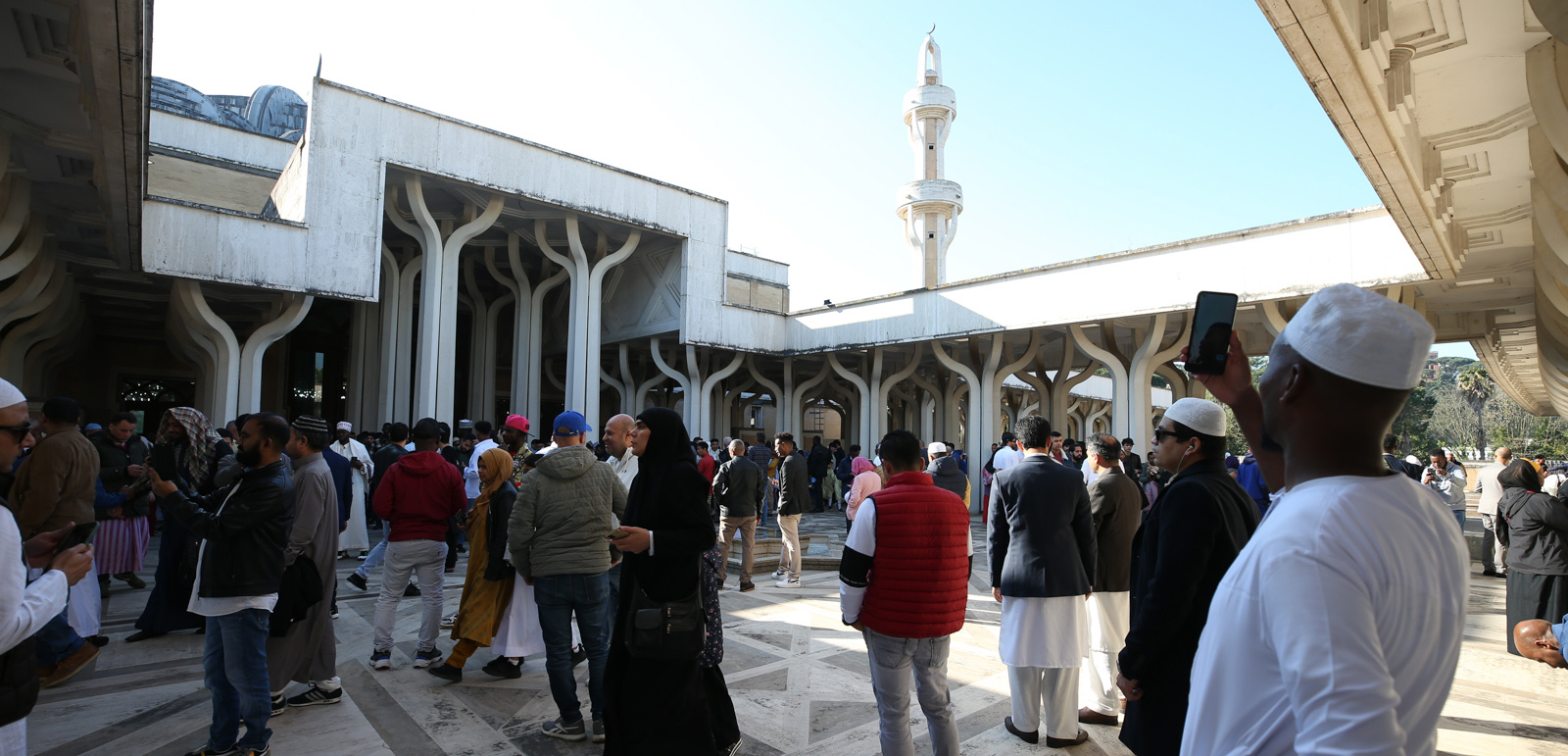
Sitting on the carpeted floor of the Grand Mosque of Rome’s intimate prayer room, imam Dr Nadder Akkad spoke softly so as not to disturb a small group of men praying close by. “This is a mosque of reference,” he said of the sprawling complex of buildings, courtyards and gardens that houses both the largest mosque in the Western world and the Islamic Culture Centre of Italy.
For Syrian-born Akkad, who is also the religious affairs adviser here, it is a symbolic structure: “The mosque is a demonstration of our religion and presence in this country. It represents a guarantee of our right to a place of worship.”
Adnan, a 28-year-old mechanical engineering student visiting from Milan, took a moment to admire the sinuous columns that reach up to the ornate ceiling. “The idea was to create a forest of trees, a sort of paradise, “ Akkad told him. Describing his first impression of the mosque as he approached from the road, Adnan broke into a broad smile, holding his hand to his heart. “When I saw it, I was actually emotional,” he said. “In Milan, the mosques are hidden, almost underground, so this is just so beautiful for me.”
With its vast scale, covering some 30,000 square metres with a capacity for 12,000 worshippers, Rome’s Grand Mosque lives up to its name. Built between 1984 and 1995 to the designs of the Roman, postmodernist architect Paolo Portoghesi and with an estimated construction cost of €40 million funded by more than 20 Muslim-majority countries, Rome’s Grand Mosque is an anomaly. Italy’s 1.5 million Muslims have a total of five “official” mosques.
The unashamedly Islamophobic political climate in which the far right lashed out against new mosques in some regions in 2016 seems to have quietened, but Muslim communities have still maintained a tacit agreement that their presence in Italian society should be felt as little as possible. In 2022, some pushback in the media to a sizeable donation from a Qatari foundation revealed a pervasive level of suspicion around Muslim places of worship in Italy. With the far right now in government, how confident should practising Italian Muslims feel about where they pray?
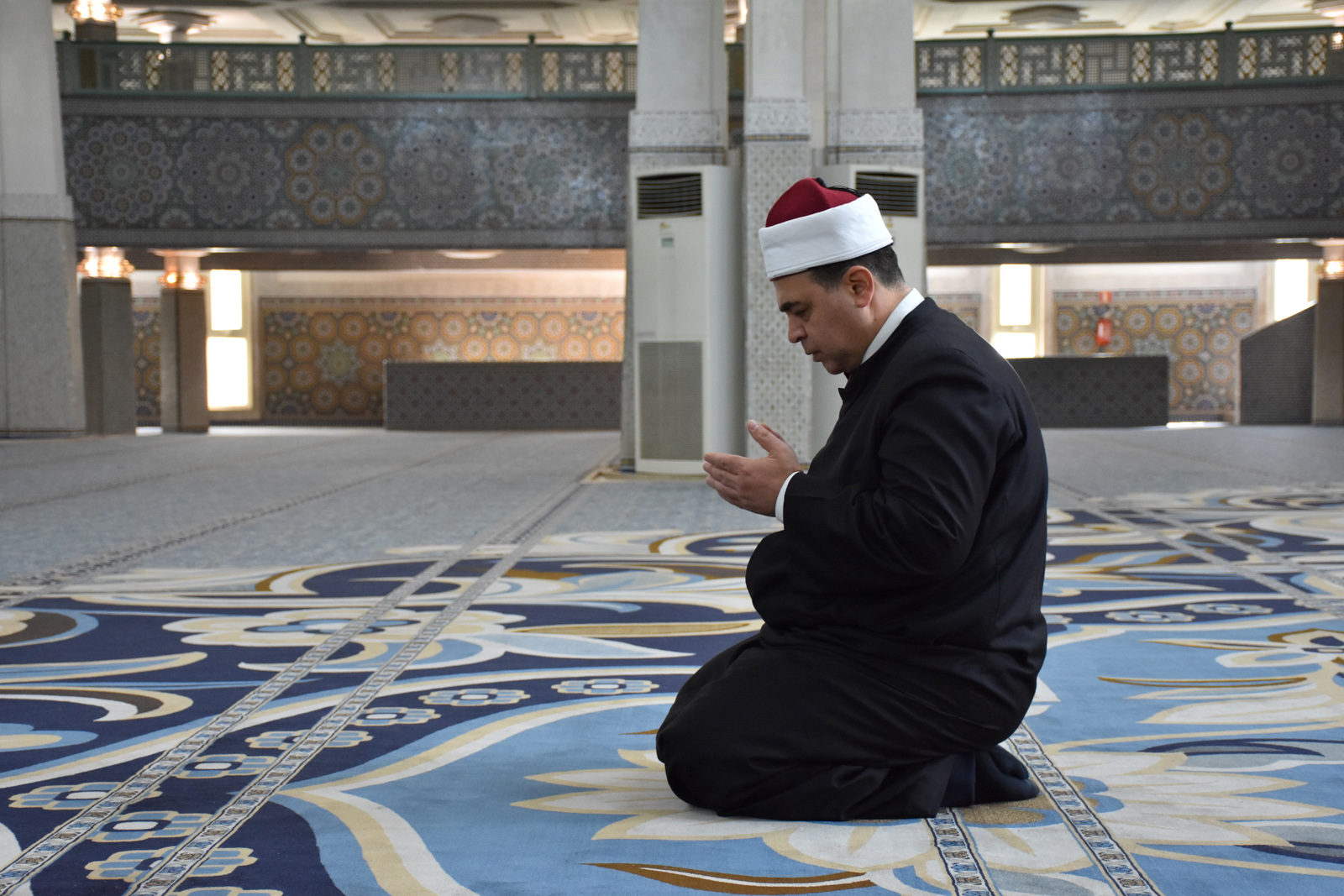
Tucked away in Rome’s exclusive suburb of Parioli, the Grand Mosque may indeed be a point of reference for the country’s Muslims but its impressive scale and fine details do not reflect the position of Islam and Muslims in the country as a whole, according to Yassine Lafram, president of the Union of Islamic Communities of Italy (UCOII). “If we are talking about [buildings] with recognisable Islamic architectural features such as domes and minarets, there are just five nationwide,” he said.
‘Most mosque congregants are first-generation immigrants to Italy, younger and from less established communities. Often there is an intention to return to their country of origin’
The UK, even with a far larger Muslim population of around 3.8 million, has about 1,500 mosques. Lafram points to a different reality for Muslims in Italy, describing more than 1,300 adapted, mixed-use spaces that serve the vast majority of the faithful: converted warehouses, depots and even supermarkets that act as combined community centres and places of worship. Does the Moroccan-Italian community leader think that more “official” mosques are needed? “What we need is legal and institutional protection,” he said. “The status of many places of worship is precarious.”
In 2015 Lombardy, followed by Veneto in 2016, two rich northern regions, introduced so-called ‘anti-mosque’ legislation into their planning laws. These seemed to arbitrarily target Muslims with a confusing and spurious set of restrictions: from car park provision to what language should be used inside the spaces. They even sanctioned the use of surveillance cameras at all mosques. “The right to pray for our communities is not guaranteed,” Lafram continued. “Councils, mayors and regions can still impose evictions or close down these centres at whim.”
The provision of mosques reflects the dichotomy of being a Muslim in Italy today, said Stefano Allievi, professor of sociology at the University of Padua.
“There is a paradox. On the one hand anti-mosque and anti-Islamic discourses have, until recently, gained political traction within the right,” he explains. On the other hand, he pointed to a near total absence of anti-Islamic rhetoric in the 2022 general elections that swept Georgia Meloni and her far-right Brothers of Italy party to power.
In 2019 the Constitutional Court of the Republic in Rome ruled that Lombardy’s “anti-mosque” legislation was anti-constitutional and discriminatory. Allievi argues that even while Muslims may have become “much more integrated into the social landscape” in the past five years, a deeper cultural paradigm refuses to shift: “Integration of Muslims on an institutional level has not changed.”
Nonetheless, in June 2023 new legislation proposing limits on the conversion of warehouses into mosques and banning prayers outside existing mosques was submitted by Brothers of Italy MP Tommaso Foti. After a hiatus in anti-Islamic rhetoric in mainstream politics, many in the Muslim community are now holding their breath to see if the far right will show its true colours now it’s firmly in power.
However, the country’s lack of “official” mosques is not solely down to discriminatory policies or public hostility towards Muslims. The picture is more complicated. “Most mosque congregants are first-generation immigrants to Italy, younger and from less established communities,” Allievi observed. “Often there is an intention to return to their country of origin,” he says. Another factor that differentiates Muslim communities in Italy, the professor argues, is the diffused way they have settled in cities, towns and even rural areas.
Allievi raises the additional problem of funding for new mosques in Italy. Not receiving any government funding, mosques of all types have become reliant on charitable donations that mainly come from Muslim-majority countries such as Qatar and Saudi Arabia, but also from Turkey and Morocco. “In my experience, owing to the small scale and resources of many Muslim communities, they have decided that it is not in their interests to build a big, expensive mosque,” he said. Most opt for ad-hoc arrangements, he added, referring to the City and Provincial Mosque of Venice as a good example. Housed in a converted factory in Mestre and funded by UCOII, it was opened by President Lafram in June last year. “There are some Muslims who are suspicious of huge projects financed from abroad,” he said.
Following the European Parliament corruption scandal dubbed “Qatargate” in late 2022, several local and one national news outlet published articles implying unspecified nefarious intent behind Qatar’s pledging of some €30 million for the construction of new mosques in Italy via the government-controlled Qatar Charity Foundation. “Qatar interprets the Qur’an in a very traditional and orthodox manner,” wrote Claudio del Frate in national broadsheet Corriere Della Sera in December 2022, adding: “This raises concerns that this perspective could be transmitted to the faithful living and practising their faith in Europe and Italy.”
It may have been speculation but this and similar articles revealed a reluctance in some sections of the media to promote the much-needed integration of Italy’s practising Muslims, who are among the most economically deprived communities in the country.
At UCOII, Lafram is happy to clear up any confusion over the funding of Italian mosques. He explains that the Qatar Charity Foundation donated €30 million to UCOII to distribute funds among some 50 Islamic centres in need. He is keen to emphasise the beneficiaries and unglamorous ways the funds are spent: covering the rent for a warehouse (often around €3,000 per month) or keeping the lights and heating on. Now in his second term as UCOII’s president, Lafram explains that all transactions are traceable and made transparently online. “There are no bags of cash from Qatar,” he said firmly, referring to the corruption scandal that hit Brussels. “How people chose to narrate this is a different story.”
As he strolled across the large, empty plaza in front of the Grand Mosque, Akkad calmly reflected on what he calls a “marvellous workplace”. “On Fridays we regularly have 2,000 worshippers here,” the imam said. “As Muslims we are proud to have such a wonderful mosque in Rome, and I think we are especially proud that it was a Roman who designed it.”
The imam’s tone is conciliatory, which is perhaps understandable given his role in the global capital of the Catholic faith. He previously co-founded a commission with the Vatican’s Marian Academy to spread the word on interfaith compassion and understanding. Although hardly typical of places of worship for Muslims in Italy, his mosque tells a unique tale of gradual integration: “God gave us this house, so we must show we can take care of it. We must make it a welcoming, thriving house of brotherhood.”
 Newsletter
Newsletter

